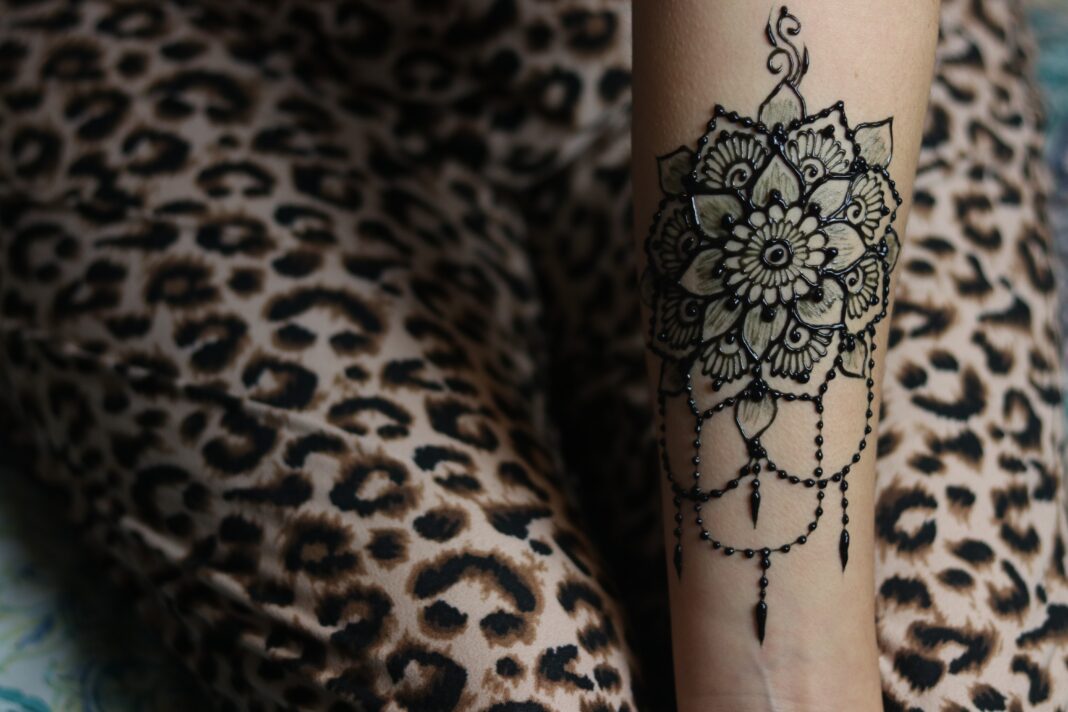Charlotte Cripps writes how she put her life at risk without realising by getting a black henna tattoo on holiday in Croatia.
Looking down at my arm, freshly painted with henna, I admired the woman’s artwork whose dark and dewy paint glistened in the last few rays of the Croatian sunlight. The design was intricate; delicate swirls wound their way around my arm, flourishing into a beautiful mandala pattern. I couldn’t wait to show it off to my friends. The fact this henna stayed on for so long and stayed so dark, without having the commitment of having a real tattoo, lured me in. However, whilst I was sat waiting for my henna to dry, I was completely unaware that this inky substance sinking into my skin had the potential to put my life at considerable risk.
Over the course of having the tattoo, I’d received various compliments and was saddened when it had washed off after two weeks. So, whilst searching on the Internet to buy some more I stumbled across an article which completely caught me off guard. To my astonishment, the article strongly urged people to stay away from any sort of black henna- just like the henna I had on my own arm a few weeks back.
The website contained stories of how people had been scarred for life, sensitised to toxic chemicals and have been put at risk of life-threatening allergic reactions as a result of the tattoos. I was completely stunned, scared and taken by surprise that I had ultimately put my life at risk and had no idea. After the shock subsided, frustration and anger bubbled within me- how could people openly advertise and be allowed to put something so dangerous and life threatening on a persons skin? I must have been one of hundreds who had it done as the festival I was attending in Croatia and probably none of us had any idea of the danger it entails.
What make these tattoos so dangerous are the high levels of paraphenylenediamine (PPD), a chemical dye so powerful it’s illegal to use it on the skin in this way. Throughout the EU, the chemical is allowed in hairdye, but the maximum level of PPD they contain currently stands at 4%. In black henna it can be up 70%, which is why the henna stays so dark for so long. With such a high percentage of this toxic chemical, there’s a massive risk of it reacting to your skin, causing chemical burns and permanent scarring. Thankfully, I didn’t react and probably most people at the festival didn’t either. However, as I’ve been exposed to PPD for over nearly 2 weeks, there’s a high chance I’ll be sensitized to it for the rest of my life.
For peace of mind I visited the doctor to test whether the chemical has affected me. The results haven’t come back yet but if I’m tested positive, I can never dye my hair again or touch certain objects that contain the chemical, otherwise I’m in for a nasty allergic reaction. Indeed, not coloring my hair isn’t the end of the world, but it’s an unnecessary burden that I have to live with for the rest of my life and all for the sake of wanting a dark tattoo for two weeks.
Black henna is popular abroad and is used at many festivals, just like the one I went to. The dangers of this particular type of henna need to be more prominent and publicized, as if I hadn’t gone online wanting to buy more, I’d still be completely unaware. I hope that by writing about black henna, more people will stay clear of it and not be put in unnecessary danger as a result. Whilst the black henna only stays visible for 2 weeks, the impact of it may last for a lifetime.












